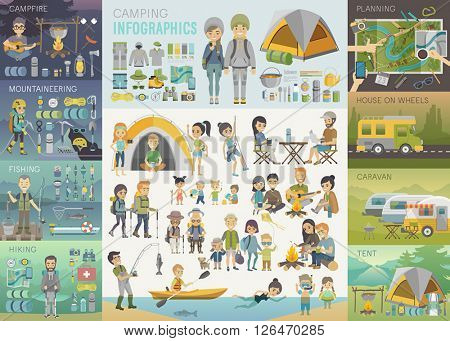How To Create Shade With A Rain Fly
Contrasting Natural Vs Artificial Insulation OptionsWhile both deal toughness in various atmospheres, it is very important to identify which type of insulation will ideal offer your needs. The insulation you choose influences heat, weight, water resistance, compressibility and cost.
Down is collected from waterfowl, usually ducks or geese. It is prized for its agility, easy compression and protecting residential or commercial properties. Nonetheless, down becomes much less effective when damp.
Warmth-to-Weight
A high warmth-to-weight ratio is preferred in exterior clothes and equipment. The insulating buildings of down feathers make them a fantastic alternative for this purpose, as they are very warm and lightweight.
Nonetheless, down sheds its protecting capacities when it gets wet, indicating it needs to be paired with a water-proof shell. Furthermore, some individuals are allergic to down, making synthetic coats a better choice for them.
Artificial insulations are usually made from recycled polyester and made to mimic down's protecting buildings. They are not as lightweight as down, however they do not shed their insulating capabilities when they splash and completely dry more quickly than down. They are likewise a lot more inexpensive than down. Nevertheless, their life-span is much shorter than down, resulting in higher upkeep and substitute costs.
Water Resistance
The insulation you choose for your work coat will certainly make a large difference in how comfortable you really feel outdoors. Nonetheless, the type of insulation you pick also has considerable effects for your sustainability objectives.
Down is an excellent insulator for a number of reasons. It's light-weight, compressible, and uses an excellent warmth-to-weight proportion. However, it doesn't fare well when it gets wet. Down globs up and sheds its loft space when wet, which can significantly decrease its capability to catch heat.
Artificial insulation products, such as Thinsulate and Primaloft, stand up much better against wet conditions. They usually have a limited weave or chemical finish that maintains water from permeating the material. This enables the insulation to stay breathable, even if damp. It deserves keeping in mind that synthetics can additionally be awkward when damp, yet they preserve their insulating properties.
Compressibility
While goose down does have an exceptional warmth-to-weight ratio, synthetic canvas messenger bag insulation executes likewise. Nevertheless, unlike down which takes in and loses its shielding capacities when damp, artificial insulation does not. Because of this, it can maintain its loft space and catch warm air in wet conditions.
Typically manufactured from polyester sheets or collections that resemble down, one of the most typical synthetic insulation brands include PrimaLoft, FullRange, Thermoball and Patagonia's PlumaFill. While it still can't match down's loftiness and warmth-to-weight, synthetic coats are light-weight, fast to dry and cheaper than down. This makes synthetic jackets perfect for damp environments, or if you're prone to sweating heavily. Synthetic coats are additionally much less delicate than down and can take a beating. This resilience extends to their face fabrics which are generally thicker and extra long lasting than down.
Toughness
A major consideration in sustainability is a product's long life and durability. All-natural products like cork, ThermaCork broadened cork and Havelock woollen last longer than synthetic options like fiberglass and vinyl. They additionally call for less maintenance and can withstand rough ecological conditions.
Nonetheless, all-natural insulation doesn't carry out as well when damp as artificial options. Wool and fleece clump with each other when damp, compromising their capability to trap heat. Synthetic insulation, on the other hand, does not absorb dampness and continues to insulate also when soaked.
This makes synthetic insulation perfect for wet climates and arduous activities where you might sweat greatly. It's likewise less complicated to wash and dries out faster than down. This included toughness and dependability make synthetic insulation a total winner in this category. This converts to long lasting insulated job boots that last long and keep you warm up with demanding atmospheres.
Sustainability
All-natural materials use biodegradability and a smaller ecological footprint, while artificial choices boast toughness and innovative applications that sustain energy efficiency. Nevertheless, it is essential to recognize real environmental effect of these insulation materials from cradle-to-grave.
For instance, if a natural insulation material needs to take a trip a cross country from its resource to the building site, transportation-related discharges enhance its overall carbon impact. Selecting in your area sourced and reused items decreases that impact. And, selecting GREENGUARD and Cradle to Cradle accreditations makes sure that insulation is without volatile natural substances (VOCs) and sustains liable sourcing and labor problems.
Sheep's wool and cork are renewable insulation sources that are collected without damaging the tree or plant. Both have the added benefit of being naturally resistant to mold and mildew, bugs and dampness.
